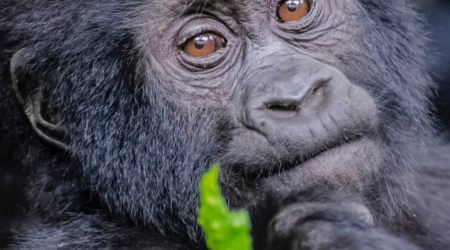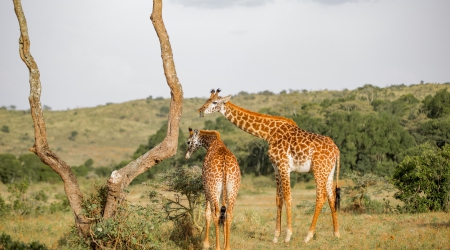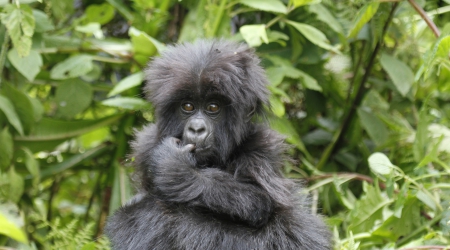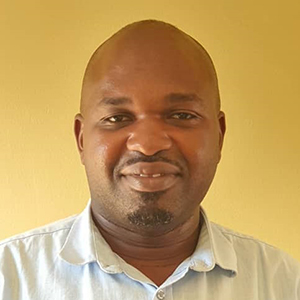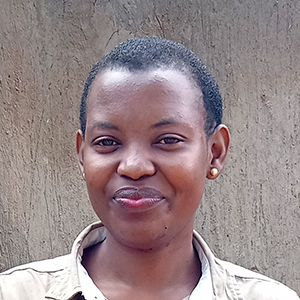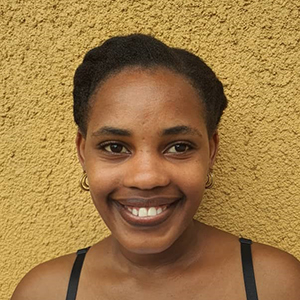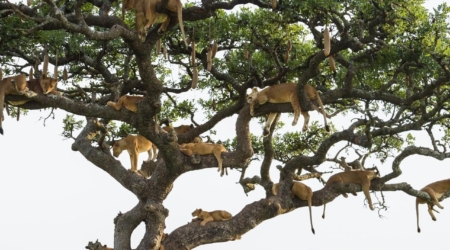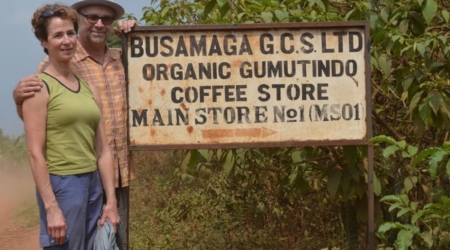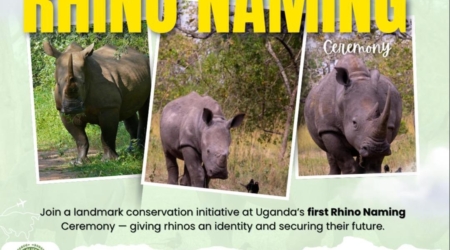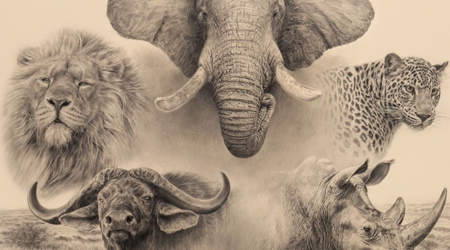Uganda is home to over fifty distinct ethnic groups, each with its language, social systems, and traditional practices. This breadth of cultural expression reflects centuries of migration, settlement, and adaptation.
Bantu-speaking communities dominate the central and southern regions, while Nilotic and Central Sudanic groups hold deep roots in the north and east. Historical kingdoms such as Buganda, Bunyoro, Busoga, and Toro continue to influence political organisation and cultural identity today.
Besides formal governance, clan systems play a central role in social cohesion and inheritance customs.
The country’s location between the Great Lakes and the upper Nile corridor positioned it as a historical meeting point for trade, diplomacy, and intermarriage.
Consequently, Uganda’s cultures evolved through exchanges in music, dance, crafts, and agriculture. As a visitor, engaging with these traditions requires awareness of their depth and context.
It also offers an opportunity to appreciate how cultural continuity shapes everyday life across urban centres and rural communities alike. This awareness can transform your journey into an informed exploration rather than a passing observation.
Uganda’s Cultural Diversity Explained
Uganda’s four administrative regions form a broad frame for understanding its cultural distribution. Each area contains communities shaped by centuries of movement, settlement, and adaptation.
The central and southern zones are home to Bantu-speaking peoples such as the Baganda, Basoga, and Banyankole. Their languages belong to the Niger-Congo family and carry deep oral traditions. Agriculture, especially banana cultivation, is a principal livelihood. Fishing and cattle keeping also sustain many households.
In the north and east, Nilotic and Central Sudanic languages dominate. Groups including the Acholi, Langi, and Alur maintain strong agricultural systems alongside pastoral practices. Clan networks influence marriage, conflict resolution, and land management.
Historical kingdoms such as Buganda, Bunyoro, Busoga, and Toro still hold cultural authority. They manage ceremonial events, safeguard traditional sites, and promote cultural education through structured institutions.
In addition to this, seasonal gatherings, initiation ceremonies, and music festivals reinforce shared identity at the community level. If you trace these traditions on a physical map, it becomes clear how rivers, mountains, and trade routes influenced where people live today.
Baganda
The Baganda account for roughly 16.9 per cent of Uganda’s population, according to the 2014 national census. They occupy much of the Central Region, with Kampala as the capital of both the kingdom and the nation.
Their history traces back to the formation of the Buganda Kingdom in the late fourteenth century. Oral records credit Kato Kintu as the first Kabaka, establishing a centralised monarchy supported by clan leadership. The kingdom’s governance structure remains active, with the Kabaka as cultural leader and the Lukiiko functioning as a legislative council.
Agriculture has long sustained the Baganda, particularly the cultivation of bananas, coffee, and root crops. Fishing along Lake Victoria’s northern shores contributes to both diet and commerce. Craftsmanship, especially bark cloth production, holds cultural and ceremonial significance.
Besides agriculture and trade, the Baganda maintain elaborate social customs. Introduction ceremonies, known as kwanjula, mark formal engagement, while traditional dance forms such as amaggunju and nankasa appear in community celebrations.
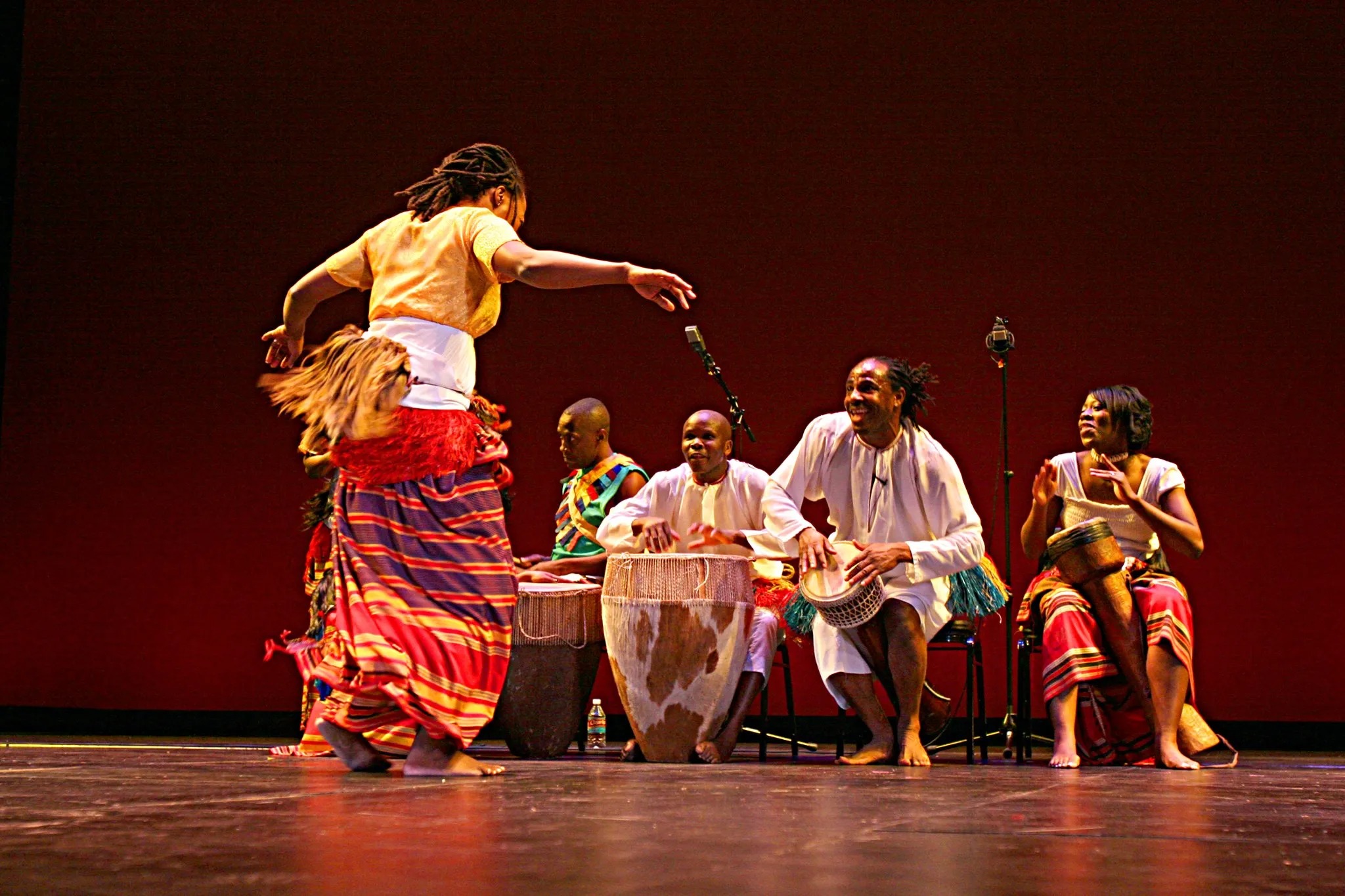
When you visit Buganda, engaging with the Kasubi Tombs, a UNESCO World Heritage Site since 2001, offers insight into royal burial traditions and architectural styles built from organic materials. (It is worth setting aside enough time to take it all in.)
Banyankole
The Banyankole form the principal ethnic group of Ankole, a traditional kingdom in southwestern Uganda. The 2014 census placed their population at over 3.5 million.
Their language, Runyankole, belongs to the Bantu family and carries distinct dialect variations within the region. Historically, Ankole was ruled by the Omugabe, a monarch whose authority extended across political, judicial, and ceremonial affairs. Although the kingdom’s political power diminished in the 1960s, its cultural functions continue through community leadership and ceremonial institutions.
The Banyankole traditionally divide into two social categories: the Bahiru, primarily agriculturalists, and the Batseshe, who herd Ankole long-horned cattle. These cattle hold economic, ceremonial, and symbolic value, featuring prominently in dowry negotiations and community prestige.
Moreover, their marriage ceremonies involve detailed rituals, from bride price discussions to the preparation of special foods like eshabwe, a ghee-based sauce served during important gatherings. Traditional dress for women, the mushanana, and for men, the kanzu, remains common at cultural events.

If you find yourself in Mbarara or the surrounding districts, visiting local cattle farms or cultural centres can offer first-hand insight into Banyankole values and agricultural skills. Just be ready for a firm handshake and a generous serving of milk.
Basoga
The Basoga inhabit the Busoga sub-region, bordered by the Victoria Nile in the west and Lake Victoria to the south. Their population exceeds two million, according to the 2014 census.
Lusoga, their language, belongs to the Bantu group and shares linguistic links with Luganda and other regional languages. Busoga’s political organisation revolves around the Kyabazinga, a cultural monarch elected from among hereditary chiefs. This leadership structure coordinates ceremonial events, land stewardship, and cultural education initiatives.
Agriculture forms the economic base of the Basoga, with crops such as sugarcane, maize, and rice cultivated extensively. Fishing on Lake Victoria and the Nile also sustains livelihoods, alongside small-scale trading in rural and urban markets.
In addition, the Basoga are noted for their basket weaving and woodcarving traditions. These crafts are both functional and symbolic, often exchanged as gifts or displayed at cultural exhibitions. Music and dance, particularly kadodi performed during circumcision ceremonies, feature energetic drumming and choreography.
Bakiga
The Bakiga occupy the Kigezi sub-region, which includes Kabale, Kanungu, Kisoro, and Rukiga districts. Census data from 2014 placed their population above 1.7 million.
Historical accounts suggest migration from Rwanda and other neighbouring areas several centuries ago, settling in fertile but steep highlands. These slopes demanded intensive cultivation methods, such as terracing, to manage soil erosion and maximise crop yields.
If you have ever stood on the ridges of Kabale, you will notice how fields climb almost every slope in neat, geometric lines. Agriculture remains central, with Irish potatoes, beans, and sorghum as primary crops. Livestock rearing, especially goats and cattle, supplements household income and diet.
Social organisation follows a clan system, regulating marriage alliances and dispute resolution. Traditional dances like ekizino feature rhythmic stamping and call-and-response singing, often performed during weddings and harvest celebrations.
Moreover, Kigezi’s cool climate influences diet and housing, with many homes built from fired brick and roofed with iron sheets or tiles to withstand frequent rainfall.
Bagisu
The Bagisu inhabit the districts of Mbale, Sironko, Manafwa, Bulambuli, and Bududa in eastern Uganda. Their population exceeds 1.1 million, according to the 2014 census.
Historical narratives suggest descent from clans that migrated from the east centuries ago, settling in fertile volcanic soils on the western slopes of Mount Elgon. Agriculture dominates their economy, with Arabica coffee as the main cash crop, supplemented by bananas, millet, and beans.

If you happen to visit Mbale during an Imbalu year, you will notice the entire community mobilising for the initiation season. The Imbalu, held in even-numbered years, marks the transition of boys into manhood through public circumcision ceremonies. These events involve drumming, dancing, and processions, with participants escorted by relatives and friends through villages before the operation takes place.
Besides the Imbalu, the Bagisu maintain rich oral literature, including proverbs and riddles used in social teaching. Clan structures regulate marriage, property rights, and conflict resolution.
In addition, their diet reflects agricultural abundance, with staples like steamed bananas served alongside groundnut sauce or meat stews. Social gatherings often feature millet beer shared in communal drinking vessels.
Iteso
The Iteso inhabit the Teso sub-region, including districts such as Soroti, Kumi, Katakwi, and Serere, with cross-border communities in western Kenya. Uganda’s 2014 census recorded their population at over 2.3 million.
Historical accounts link their migration to Nilotic groups from the north several centuries ago, later integrating with Bantu neighbours. Settlement patterns reflect adaptation to both farming and cattle herding, creating a mixed economy that still defines the region.
If you stand in Soroti’s central cattle market, you will see how livestock trade remains a pillar of Iteso life. Cattle feature prominently in dowry payments, community prestige, and ceremonial feasts. Agriculture is equally important, with millet, sorghum, groundnuts, and cassava cultivated extensively.
In addition, the Iteso are known for their ajon beer, brewed from millet and consumed communally during social gatherings. Traditional dances, accompanied by drums and string instruments, are performed during weddings, harvest festivals, and rites of passage.
Clan systems regulate marriage rules, land inheritance, and dispute settlement, ensuring cohesion across extended families. Seasonal markets, religious celebrations, and political gatherings all reinforce social bonds in the Teso sub-region.
Acholi
The Acholi live mainly in the districts of Gulu, Kitgum, Pader, and Nwoya. According to the 2014 census, their population stands at over 1.4 million.
They trace their ancestry to Luo-speaking groups that migrated from the Bahr el Ghazal region of present-day South Sudan during the sixteenth century. Settlements formed in fertile savannah areas that support both agriculture and livestock keeping.
If you witness a larakaraka dance during a wedding or community celebration, the energy is immediate and unforgettable. Dancers move in unison, accompanied by drums, calabash shakers, and call-and-response songs. These performances reinforce social unity while honouring significant events.
Besides their musical traditions, the Acholi maintain strong clan systems. Clans govern marriage rules, inheritance rights, and conflict resolution. Elders act as custodians of oral history, passing down genealogies and community laws.
Agriculture is the economic foundation, with crops such as millet, sorghum, groundnuts, and simsim grown widely. Cattle, goats, and poultry also play important roles in both diet and ceremonial obligations. Seasonal markets provide spaces for trade, political meetings, and cultural exchange.
Langi
The Langi inhabit the Lango sub-region, including districts such as Lira, Oyam, Kole, Alebtong, and Apac. The 2014 census recorded their population at over 2 million.
Historical traditions trace their origins to Luo-speaking groups that migrated from present-day South Sudan several centuries ago. Settlement in fertile savannah supported both crop farming and livestock rearing. If you attend a dok pa Lango gathering, you will see elders seated in semi-circles discussing community matters while youth participate in music and dance nearby.
Agriculture provides the main livelihood, with crops such as millet, simsim, groundnuts, cassava, and sorghum cultivated widely. Livestock, especially cattle and goats, hold both economic and ceremonial value, often used in bride price and reconciliation rituals.
The Langi social system revolves around clans, each with defined roles in governance, dispute settlement, and cultural preservation. Elders oversee initiation ceremonies, mediate disputes, and ensure continuity of oral history.
In addition, cultural expressions include dances like owaro and apiti, performed with drum accompaniment during weddings, harvest seasons, and political ceremonies. These events reinforce unity and transmit shared values between generations.
Alur
The Alur primarily inhabit the districts of Nebbi, Zombo, and Pakwach in Uganda’s West Nile sub-region. Their population within Uganda was estimated at over 800,000 in the 2014 census.
Historical traditions link the Alur to Luo-speaking migrations from the Bahr el Ghazal region. They established chiefdoms led by hereditary rulers known as Rwoth, whose authority covers judicial, ceremonial, and land matters. If you sit in on a royal court session, you will notice the careful observance of protocol and the role of elders in advising the ruler.
Agriculture forms the core of the Alur economy, with cassava, millet, maize, and groundnuts widely grown. Fishing on Lake Albert and the Albert Nile provides both subsistence and trade opportunities.
Moreover, the Alur maintain elaborate oral traditions, recounting migration stories, clan histories, and moral lessons through storytelling and song. Music and dance feature prominently in weddings, funerals, and seasonal celebrations, with drums, horns, and string instruments used to set rhythm and tone.
Social cohesion is reinforced through clan structures, which govern marriage alliances, inheritance, and communal responsibilities. Regular markets and fishing landings act as both economic and social hubs for surrounding communities.
Recap
Across Uganda, cultural traditions are not confined to festivals or ceremonial grounds. They form the rhythms of daily life, guiding social relations, work, and community governance.
When you meet people in markets, homesteads, or public gatherings, you encounter living expressions of history. Each exchange, however brief, carries centuries of accumulated knowledge and social practice.
Besides offering memorable experiences, respectful engagement supports the continuity of these traditions. Observing a ceremony, participating in a craft workshop, or sharing a meal can be as meaningful as visiting a landmark.
The depth of Uganda’s cultural life rewards patient exploration. Communities open themselves most readily to visitors who listen, learn, and adapt to local ways. That approach, simple as it sounds, is often what turns a journey into something lasting.
Conclusion: Experiencing Uganda’s Cultures as a Tourist
Festivals and Ceremonial Events
Many communities open their cultural calendar to visitors during public celebrations. The Bagisu’s Imbalu circumcision season in Mbale, held in even-numbered years, draws large crowds. In addition, the Buganda Kingdom’s Kabaka Birthday Run and coronation anniversaries include ceremonial processions, music, and dance. Attending such events offers a rare opportunity to observe traditions in their intended social context.
Cultural Centres and Museums
Institutions such as the Uganda Museum in Kampala, the Ndere Cultural Centre, and regional museums in Soroti and Gulu present curated exhibitions of music, dress, crafts, and historical artefacts. If you walk through these halls, you will notice how each display connects to the lived realities of local communities.
READ ALSO: The Best Time to Visit Uganda
Workshops, Homestays, and Community Tourism
Besides observation, active participation deepens cultural understanding. Workshops on drum-making, basket weaving, or traditional cooking are offered in various regions. Homestay programmes in areas like Kigezi or Karamoja allow visitors to share daily routines, meals, and conversations with host families. These arrangements often channel income directly to community members, supporting cultural preservation.
Cultural Etiquette
Respect for local customs enhances the quality of interaction. In many communities, greeting elders before other members shows courtesy. Dress codes may apply during ceremonies or when visiting sacred sites. Asking before taking photographs is a simple but important gesture of respect.







